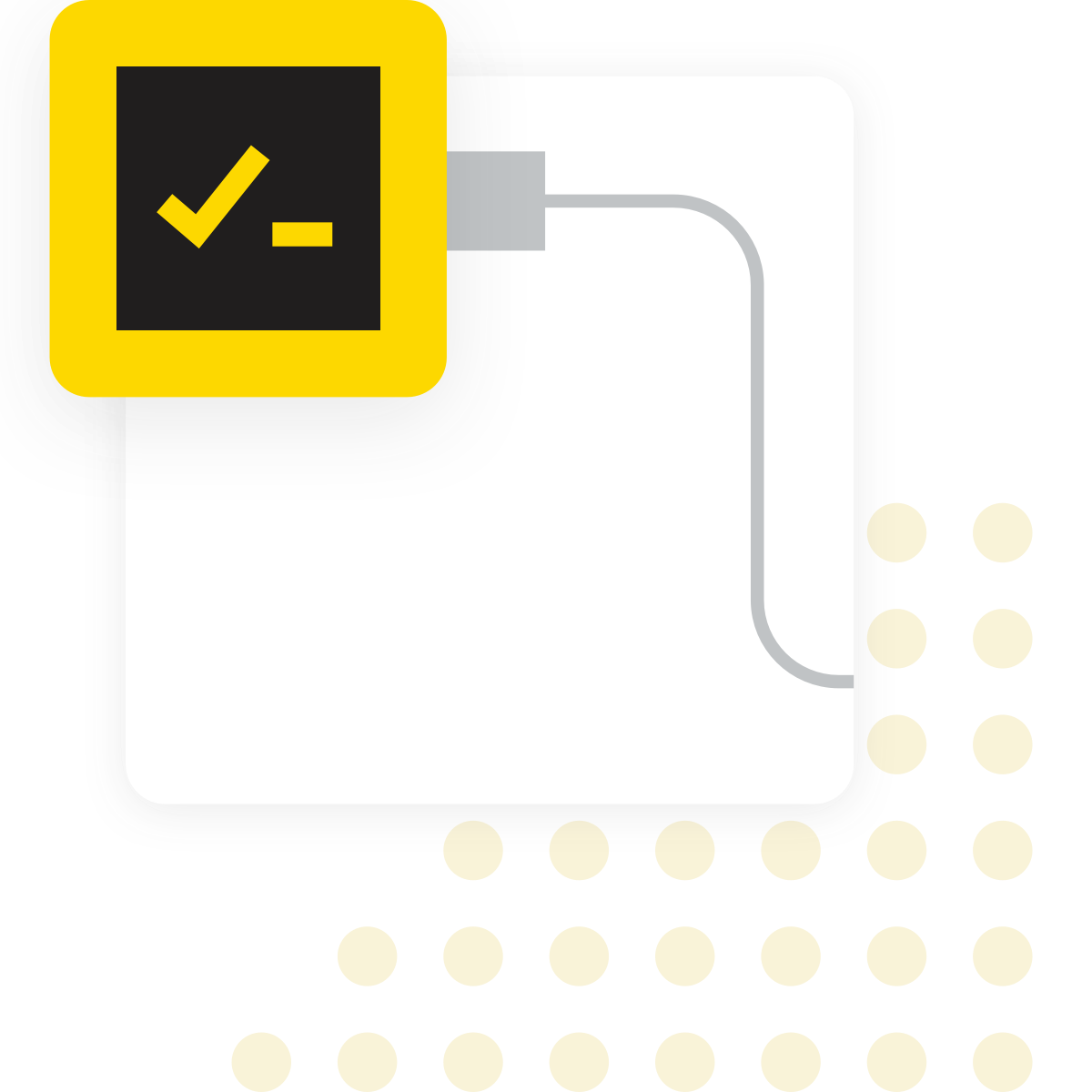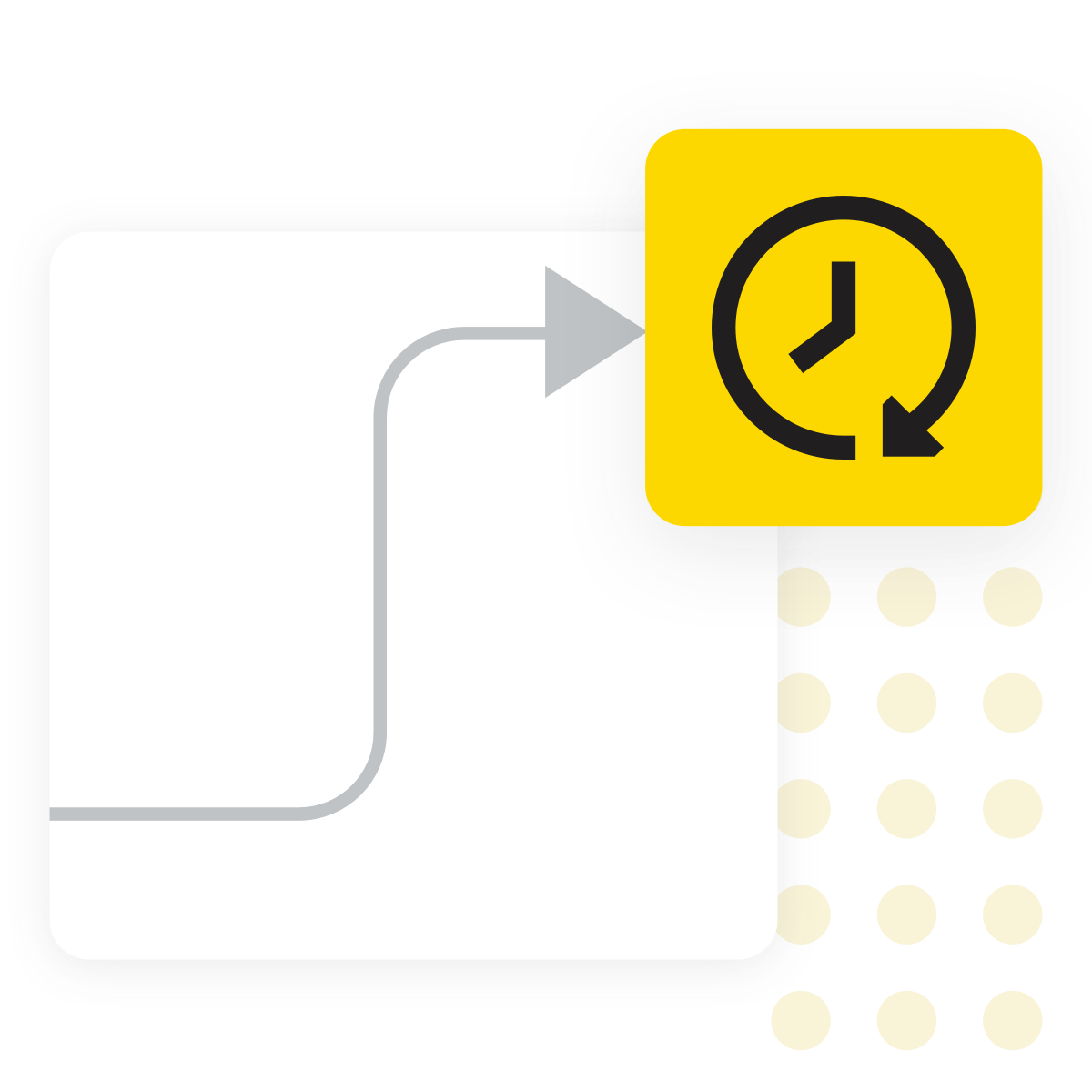Manufacturing Demand Forecasting with KNIME
Demand forecasting in manufacturing helps you predict what customers will need, when, and in what quantity—so you can align production, supply, inventory, and logistics accordingly. With KNIME, you can build, test, and deploy forecasting pipelines that blend historical time series on sales, supply chain operations, and production data (e.g. scrap rate, shift overtime, seasonality, macro trends) to improve decision-making, avoid out-of-stock events and reduce waste.
KNIME Workflow Example for Manufacturing Demand Forecasting
This example workflow showcases how to apply time series forecasting to predict demand for various automotive products for a manufacturing company. The goal is to enable the manufacturer to plan production more effectively, preventing stock shortages and empty shelves, and enhancing customer satisfaction. It includes:
- Data access and exploration—including visualizations, stationarity testing, and seasonality inspection—of historical production records (2020–2024), covering weekly product quantities, date stamps, and manufacturing details.
- Time series data is partitioned into training (2020–2023) and testing (2024) sets to train SARIMA models for forecasting weekly product demand for each category.
- Scoring of the models using error metrics and diagnostic visualizations, with forecast horizons extended to weekly demand predictions for 2025–2026.
Why use KNIME for Manufacturing Demand Forecasting

What is Manufacturing Demand Forecasting?
Manufacturing demand forecasting is the analytical process of using data (historical sales, orders, returns, inventory levels, supply chain shortage, lead times, etc.) and machine learning models to predict future demand for manufactured goods. It includes predicting at different product levels (e.g., SKU, product family), over various time horizons (e.g., days, weeks, months), and accounting for external factors such as promotions, seasonality, market trends, supply disruptions.

Why does it matter?
Accurate demand forecasting is essential in manufacturing because it directly impacts production planning, procurement, inventory, and customer satisfaction. Overestimating demand leads to excess stock, higher storage costs, and potential waste, while underestimating demand causes stockouts, lost sales, and strained customer relationships. By anticipating future demand more precisely, manufacturers can balance efficiency with responsiveness—ensuring resources are used wisely, costs are controlled, and supply chains remain resilient.

Typical challenges
- Manufacturing demand data often comes from multiple systems (ERP, CRM, MES, supplier portals) and may contain gaps, inconsistencies, or misaligned time periods that reduce forecast accuracy.
- Seasonality, promotions, sudden market shifts, and external disruptions (e.g., geopolitical events, supply shortages) make it difficult to build stable models.
- Forecasting at the right level—SKU, product family, region, or customer segment—requires balancing detail with model performance, especially when handling thousands of products.
- New product launches, discontinuations, and evolving customer preferences create challenges when historical data is limited or no longer representative.

Benefits of using KNIME
- Built-in connectors to ERP systems, databases, and cloud platforms simplify the integration of both historical and external data that influence demand.
- Data manipulation nodes to support cleaning, transforming, and reshaping time series data, making it easier to handle missing values, align time stamps, and create features for modeling.
- Support for a wide range of forecasting methods, including classical time series (e.g., ARIMA, SARIMA, SARIMAX), machine learning and deep learning (e.g., linear regressors, deep neural networks), allowing you to adapt forecasts to different complexity, product types, and demand patterns.
- Automated scheduling and deployment capabilities to ensure forecasts are refreshed regularly and can be delivered directly into data apps or operational systems.
- Visual workflows make it easier to assemble data pipelines, perform feature engineering, and iterate with different models without the need of writing code.
How to use KNIME for Manufacturing Demand Forecasting

Data Access and Preparation
Import historical demand / sales (by SKU, by region), inventory levels, lead times, supply chain constraints, promotions, or external factors (weather, economic indicators) directly from SAP, Oracle, Snowflake, ERP systems, Excel, or CSV. Clean missing values, detect outliers (winsorization), align irregular time stamps, and aggregate time series. Test for stationarity, and decompose the data to inspect seasonality and trends. If needed, add lag features (past demand), stabilize variance, smoothen seasonality, or apply denoising techniques.

Manufacturing Demand Forecasting
Partition the series in order of time, without shuffling, to preserve temporal dependencies. Train, optimize and compare different forecasting methods, leveraging KNIME’s learner-predictor paradigm for data modeling. Explore linear regressors (e.g., LASSO, PLS, polynomial), forecasting models (e.g., ARIMA, SARIMA), tree-based regressors (e.g., Decision Tree, Random Forest, XGBoost) or deep learning architectures (e.g., LSTM) without coding.

Result Evaluation and Deployment
Use error metrics relevant for forecasting (e.g., MAE, RMSE, MAPE) and visualize forecast vs actual to evaluate the quality of the predictions. Check for bias (e.g. consistently over- or underestimating) and how different error metrics change as a forecast horizon grows. Automate forecast generation by deploying the workflow on a schedule. Push forecasts into interactive data apps or production planning, procurement, and inventory systems. Monitor forecast quality over time and set alerts when demand deviates significantly.
How to Get Started
Additional Resources
Codeless Time Series Analysis with KNIME
A practical guide to implementing forecasting models for time series analysis applications.
How P&G uses real-time data for supply chain resiliency
Explore how P&G used real-time data to turn supply chain disruptions into confident decisions.
FAQ
It depends on seasonality and product life-cycle. As a rule of thumb, at least 12-24 months of historical data at daily or weekly granularity is often helpful to capture seasonal effects. If demand is more volatile or SKU-level, longer history (if available) or external variables (promotions, market trends, price of raw materials) help.
There’s no one-size-fits-all. Classical time series models (e.g., ARIMA, SARIMA) are good for stable, less volatile demand. Machine learning or deep learning models can capture complex patterns when you have more data, more features, and more variability. Ideally, it’s best to experiment with multiple models and compare their performance to identify the most accurate and reliable forecasting approach.
Common approaches include pushing forecasts into interactive data apps or BI tools and deploying workflows to generate predictions automatically on a schedule using one of KNIME’s paid plans. Moreover, it’s recommended to generate alerts when forecasts deviate from actuals; feed forecasts into ERP or MES for production planning; or adjust procurement / raw materials orders based on forecast.
Track error metrics (MAE, MAPE, RMSE) regularly. Monitor bias. Set up feedback loops: collect actual demand vs forecast, analyze deviations. Retrain models when data drift occurs or when product mix changes. Periodic evaluation and adjustment are essential.